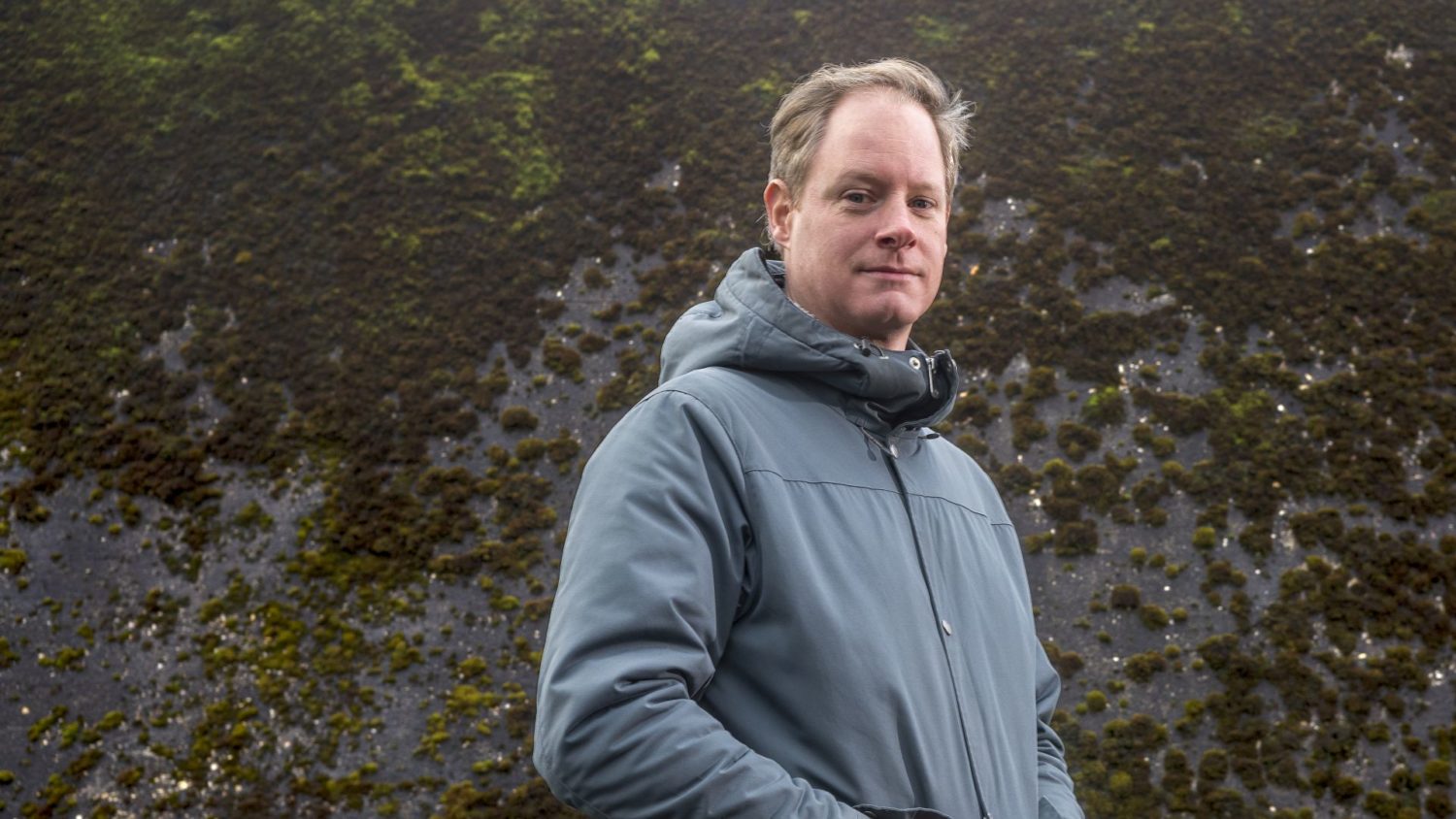An exciting period is beginning for geologist Wijnand van Eijndthoven of Groningen. With his company Deep Atlas, he has been working since 2017 on a pioneering method for using mineralogy to automatically predict the flowability of rocks in the deep subsurface. Still this year, Van Eijndthoven expects to bring the technology to the market, thanks in part to funding from the NOM, G-Force Capital and RUG Ventures.
The data collected and analyzed by Deep Atlas is obviously of great value to the gas and oil industry, CO2 storage and, above all, geothermal extraction. 'It is an important link for understanding the deep subsurface,' Van Eijndthoven clarifies. 'Compared to existing techniques, a much better insight is obtained into the permeability and structure of the rock in question. You get, in other words, a very detailed picture of the (clay) minerals between the grains of sand. And yes, if you know that, you can better plan a new well or optimize an existing well.'
Hyperspectral camera
To investigate whether or not a drilling operation will be successful, Deep Atlas performs so-called short-wave infrared (SWIR) measurements, scans of rock samples from the deep subsurface that are analyzed for their permeability prior to (potential) drilling. Thus, the extent to which the measured rock allows liquids and gases to pass through is examined. The scans are made with an advanced hyperspectral camera recently purchased by the company. Thanks to this expensive camera, differences come to light that cannot be observed with the human eye or an ordinary camera. Deep Atlas is the first Dutch company that can use a SWIR hyperspectral camera to estimate whether a drilling site is suitable or how a drilling opportunity can be made more promising.
Cost Reduction
Especially when drilling for geothermal heat, it is essential to map the permeability of rock in detail. Simply because large volumes of hot water must be extracted from the subsurface. Geothermal heat, also known as geothermal energy, is a renewable energy source and is seen as the alternative to fossil natural gas. Because deep drilling is required for extraction, substantial investments are usually required. 'However, our method is relatively inexpensive compared to other techniques,' Van Eijndthoven explains. 'Resulting in a substantial cost reduction in the planning of geothermal drilling, among other things.'
Early stage funding
In short, Deep Atlas' technology can play a great role in accelerating the energy transition. And that very fact was a primary reason for NOM to provide the young company with funding. 'We find it important to contribute to social issues, such as climate change and the growing scarcity of raw materials,' explains Danielle van Dalfsen, investment manager of the NOM. 'The activities of Deep Atlas naturally fit in very well with that. Moreover, many parties are reluctant to finance companies in this risky early phase. Whereas NOM, like G-Force Capital and RUG Ventures, can make the difference for young companies at this stage. With early-stage funding we want to promote innovations in the region, so that promising initiatives like Deep Atlas get the room to develop further.'
Successful introduction
For some time now, Deep Atlas has had a functioning prototype, developed in close cooperation with the University of Twente (UT) and the University of Groningen (RUG). 'UT supported us in conducting a successful feasibility study,' says Van Eijndthoven. 'We then built a prototype of a fully automated workflow that measures and analyzes the rock and thus determines the mineralogy. Then, with the help of the RUG, we succeeded in using machine learning to accurately predict the flow behavior. Currently, we are only a few small steps away from actually being market-ready later this year. Everything points to a rapid and, above all, successful introduction.'
For more information about Deep Atlas, check out their own website: www.deepatlas.nl.
